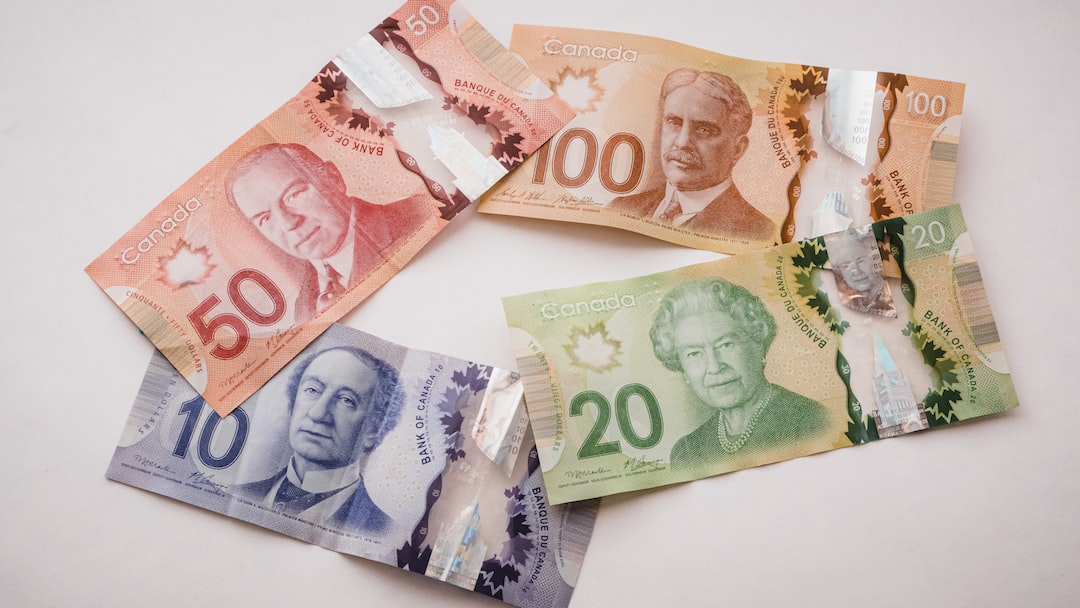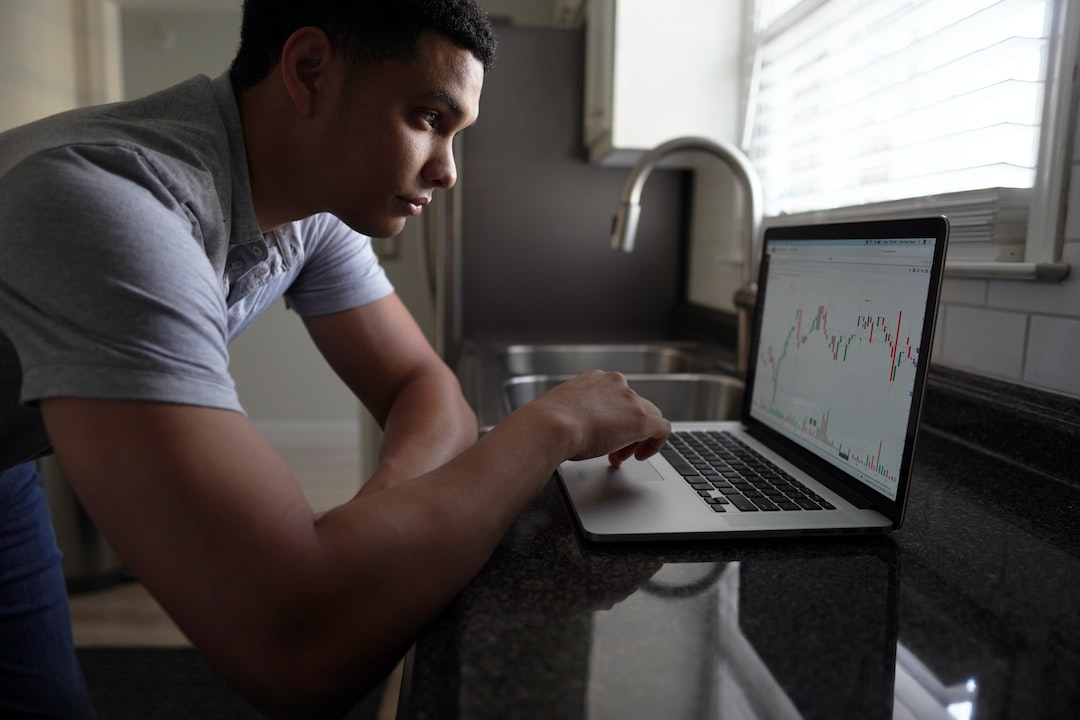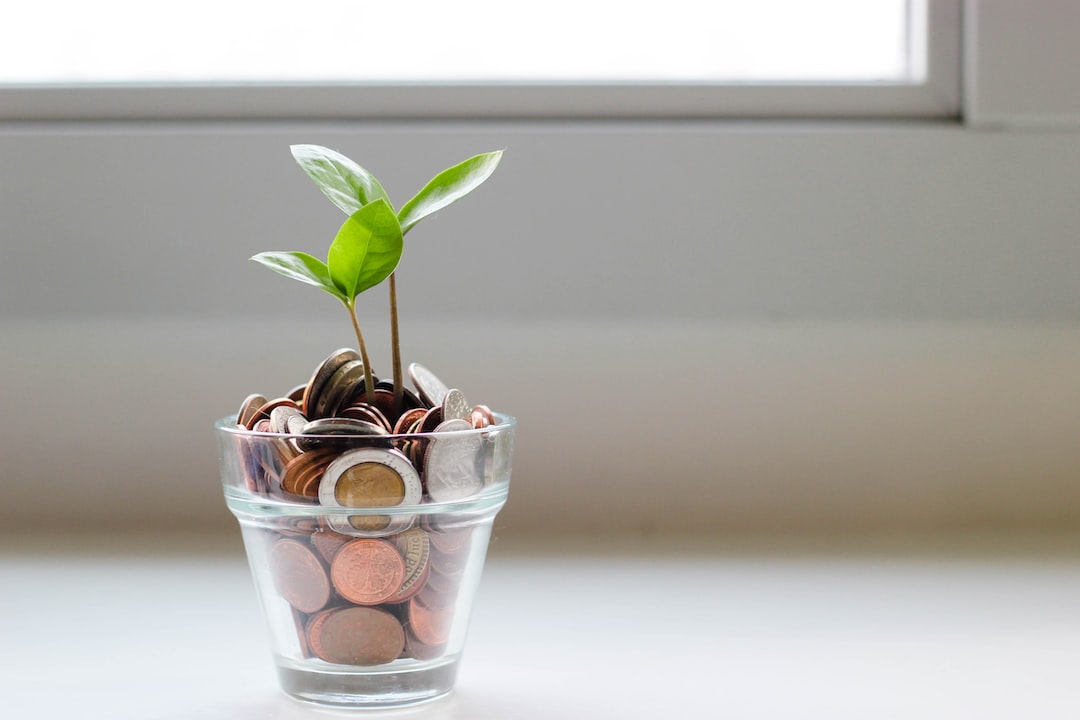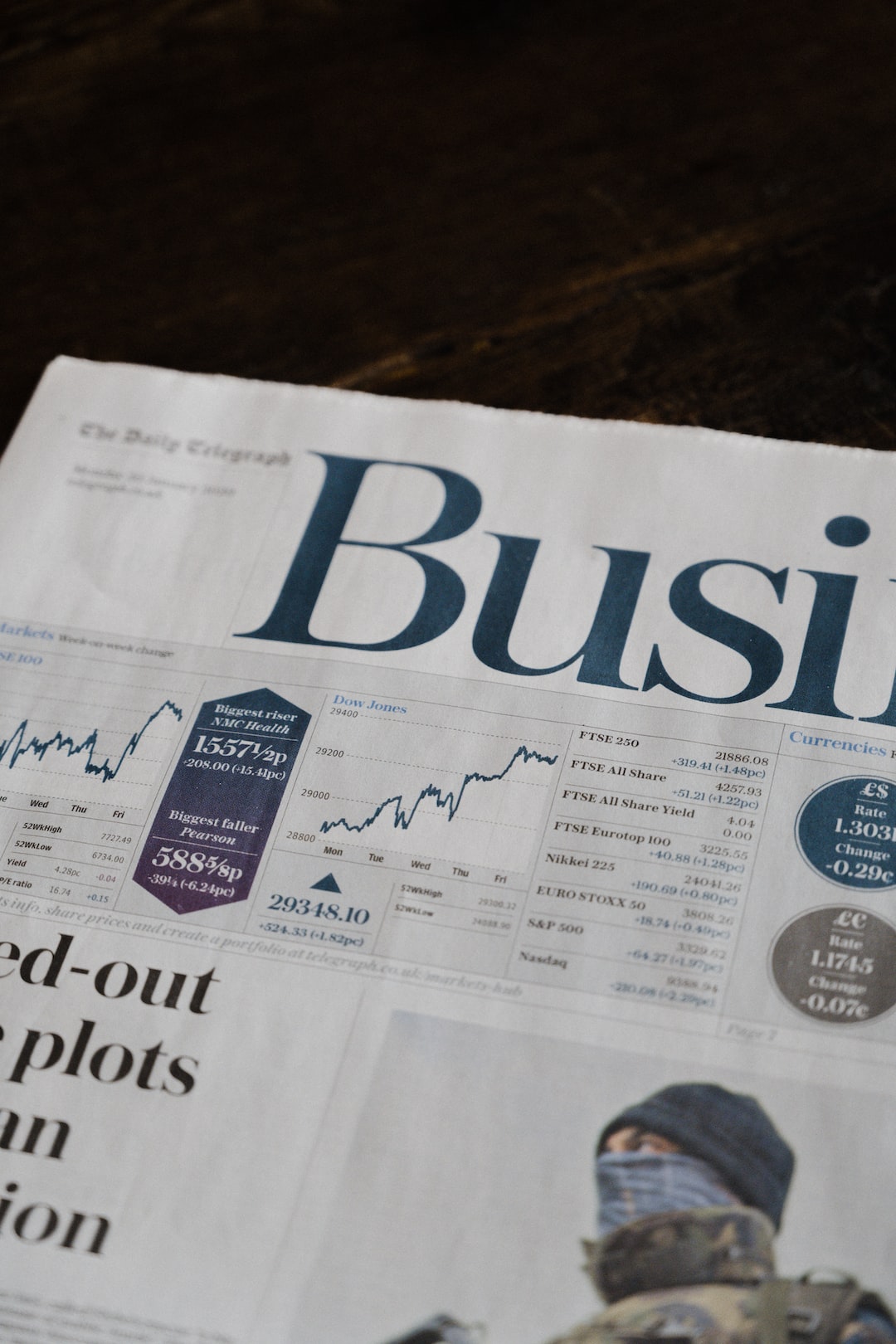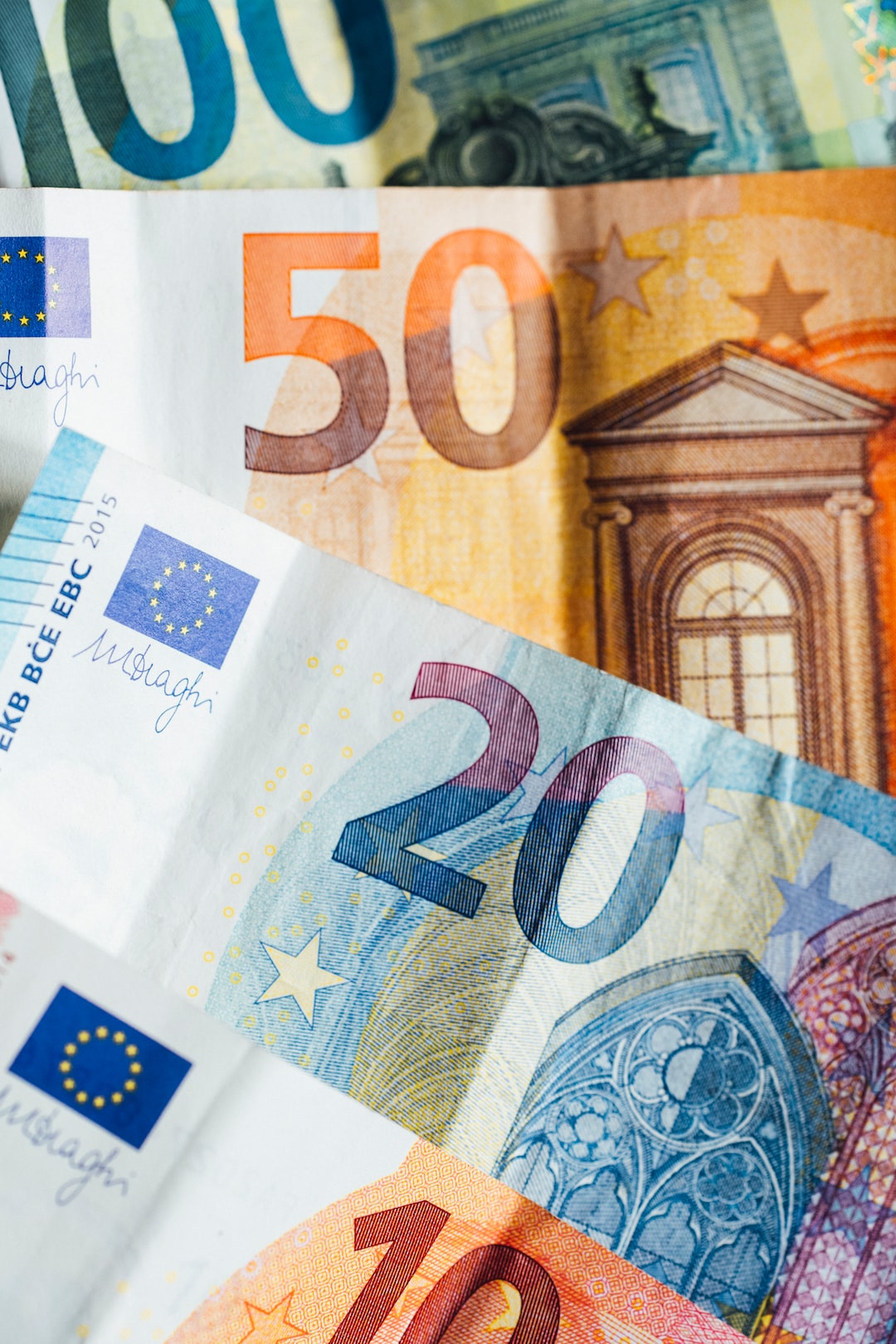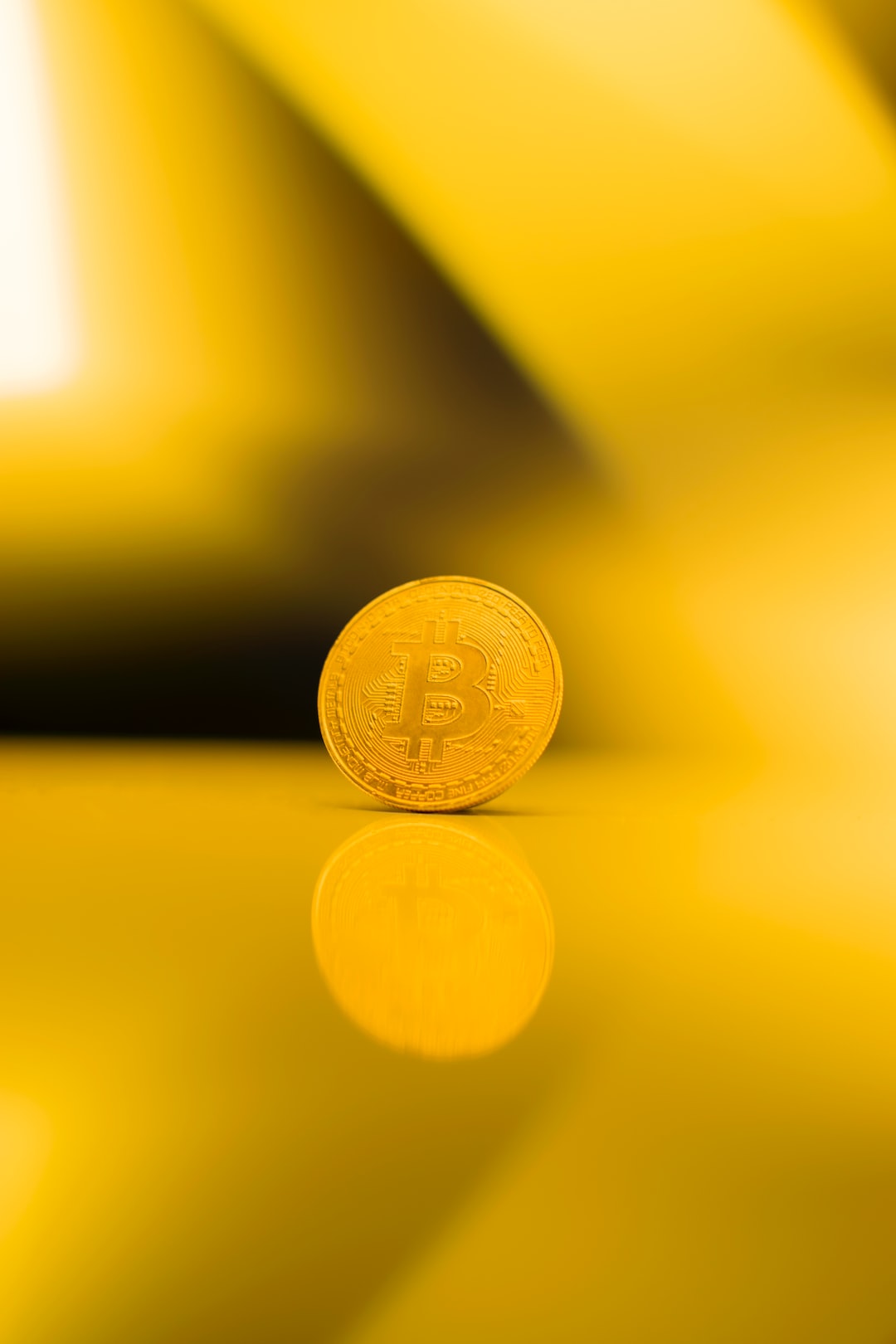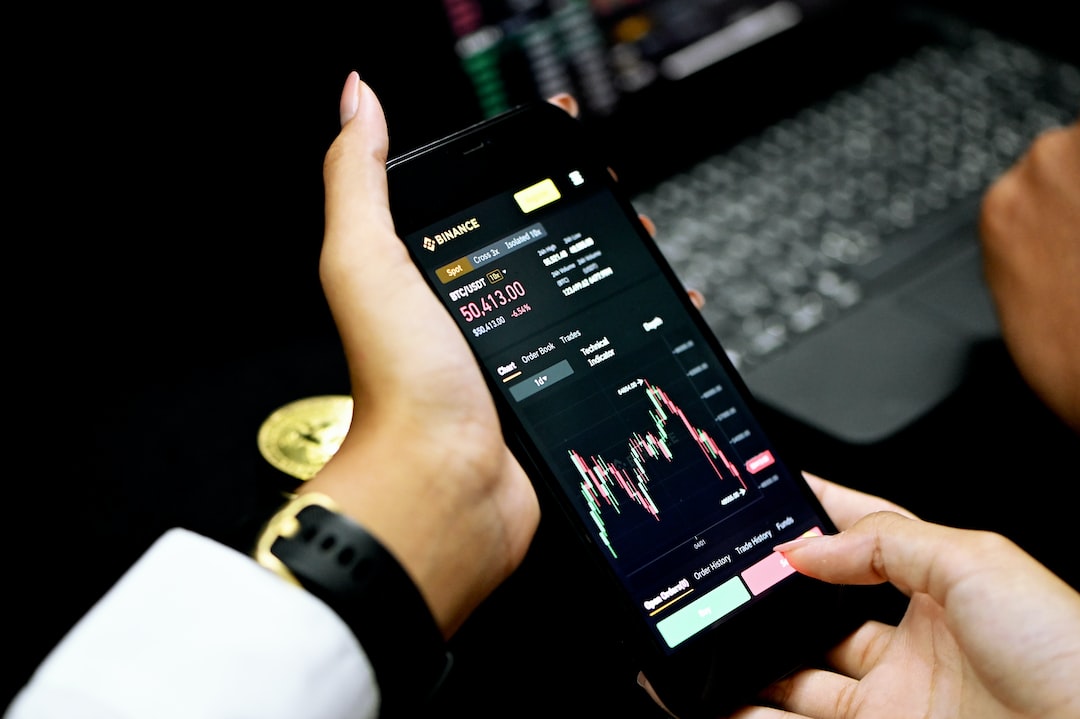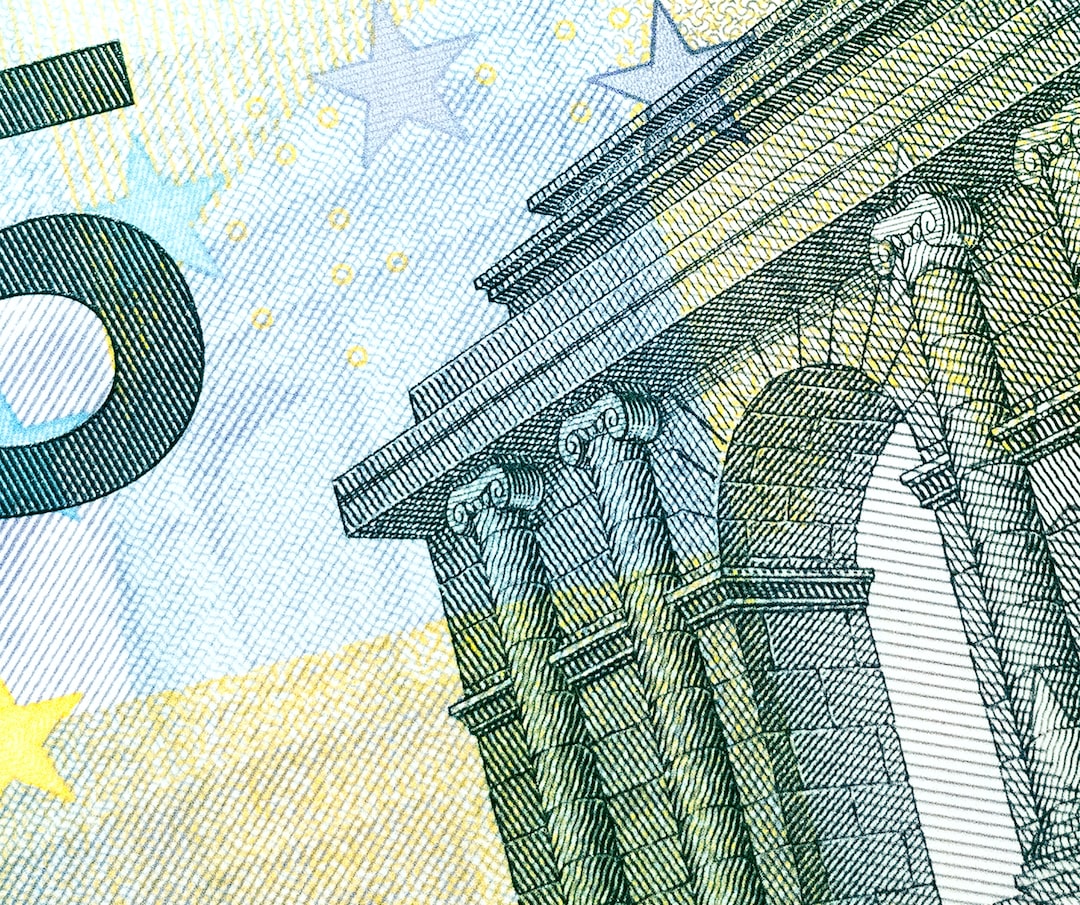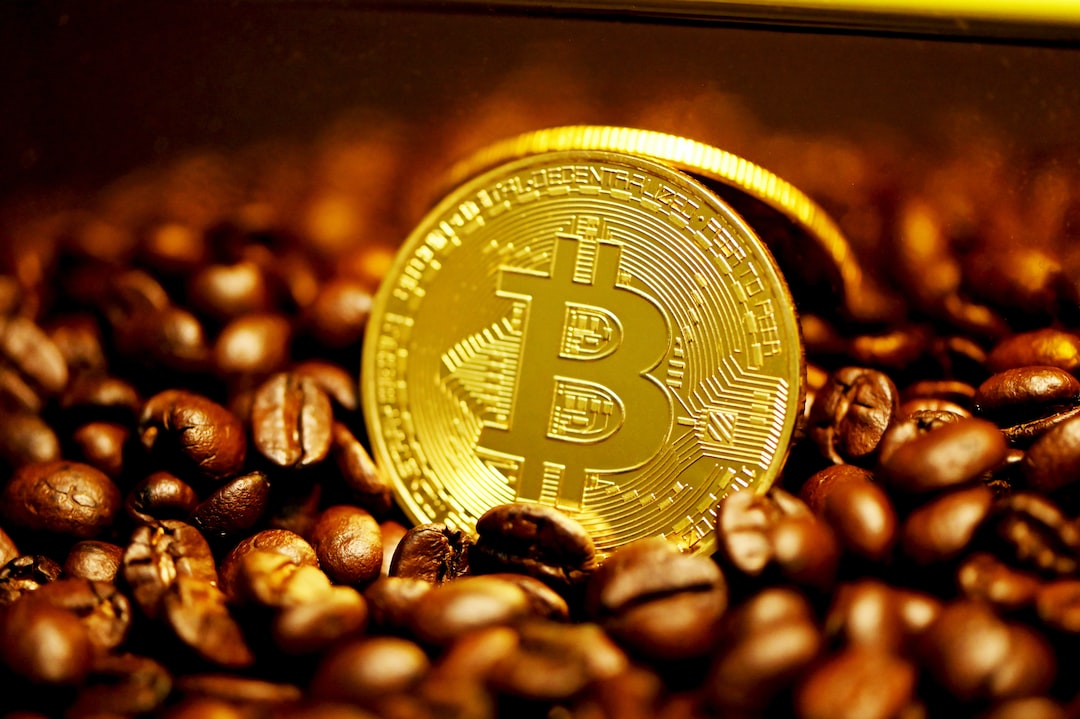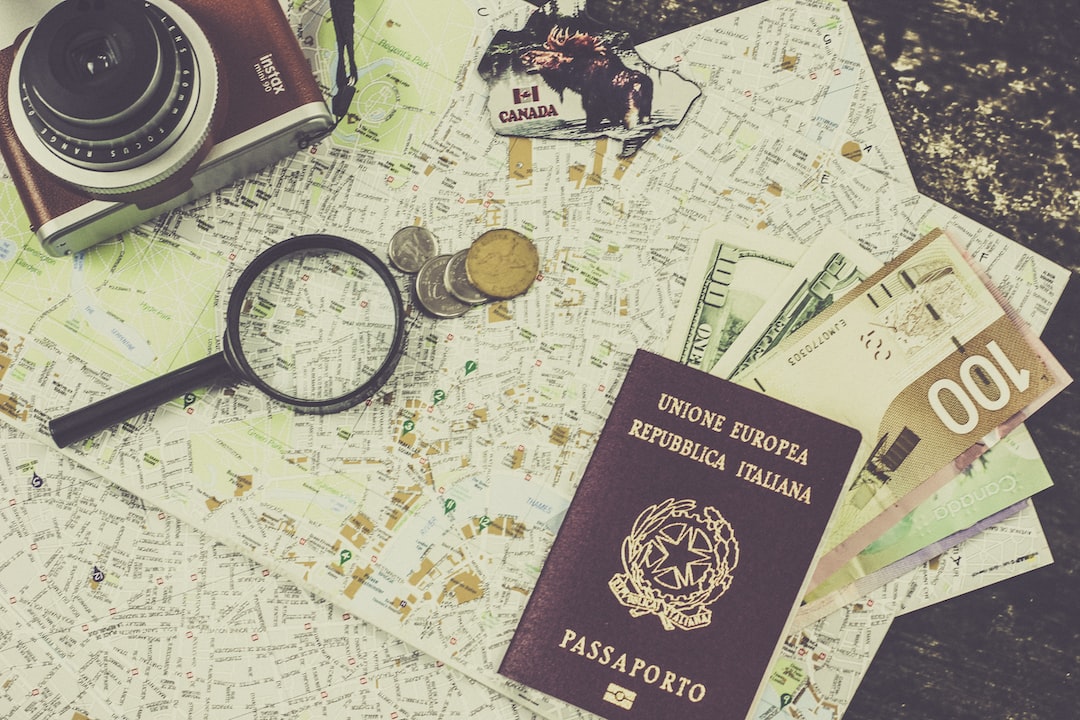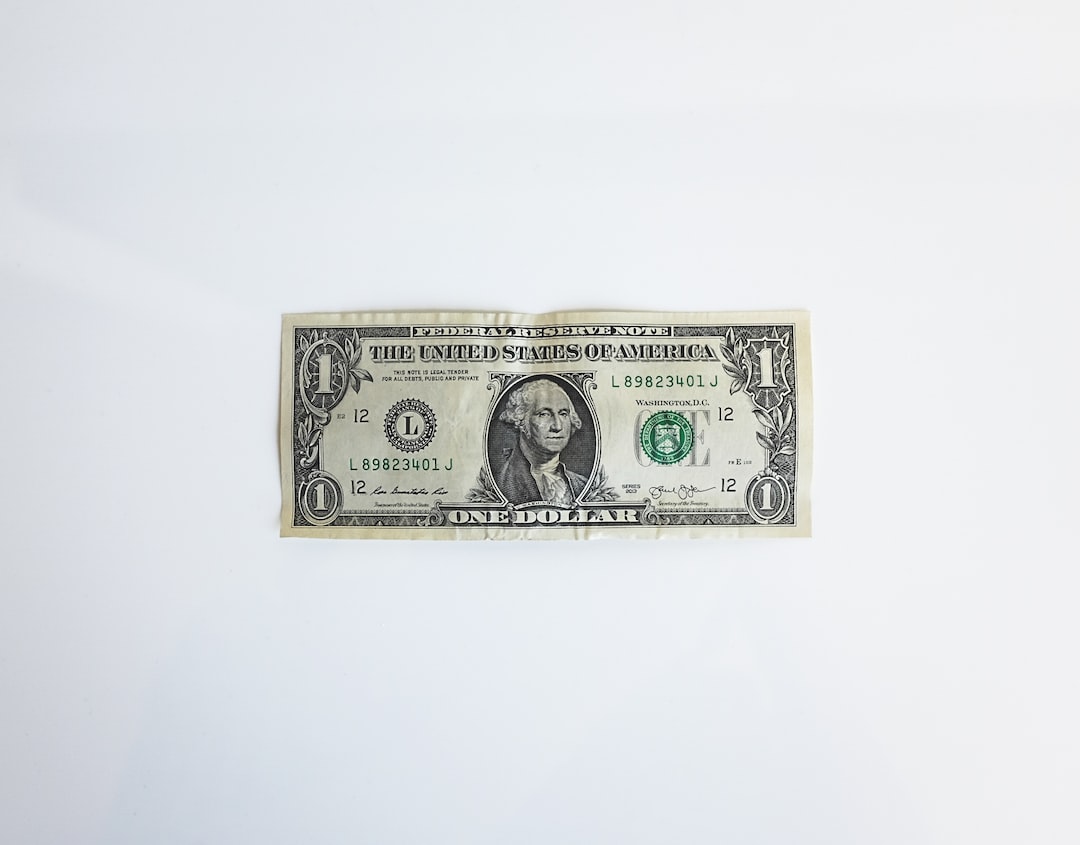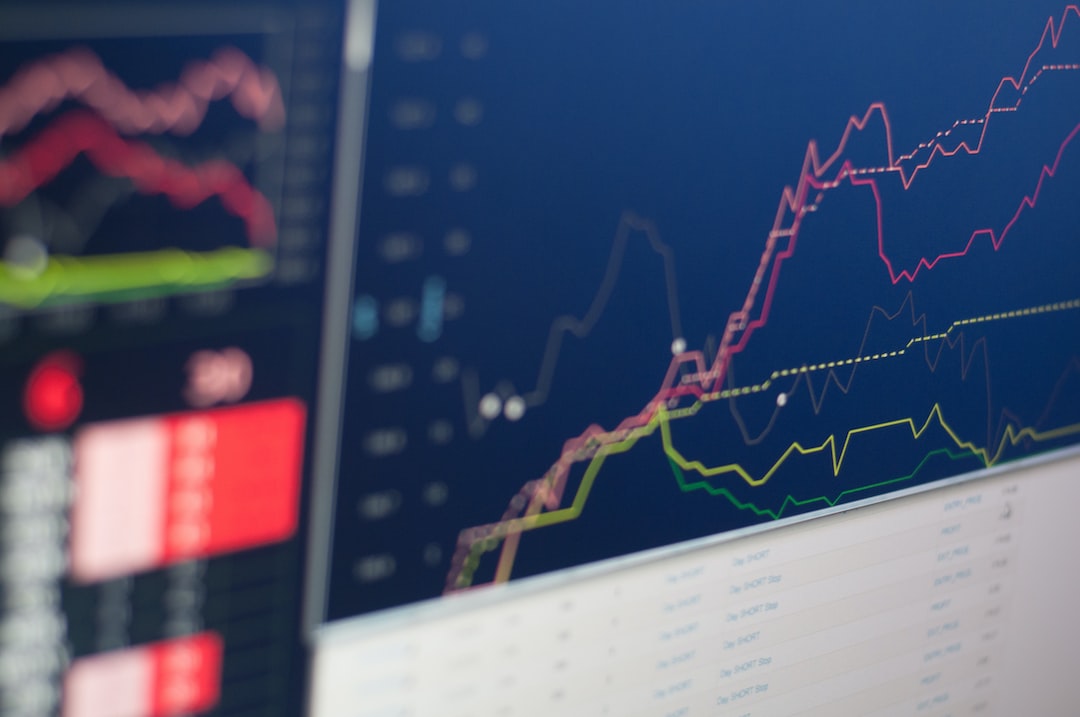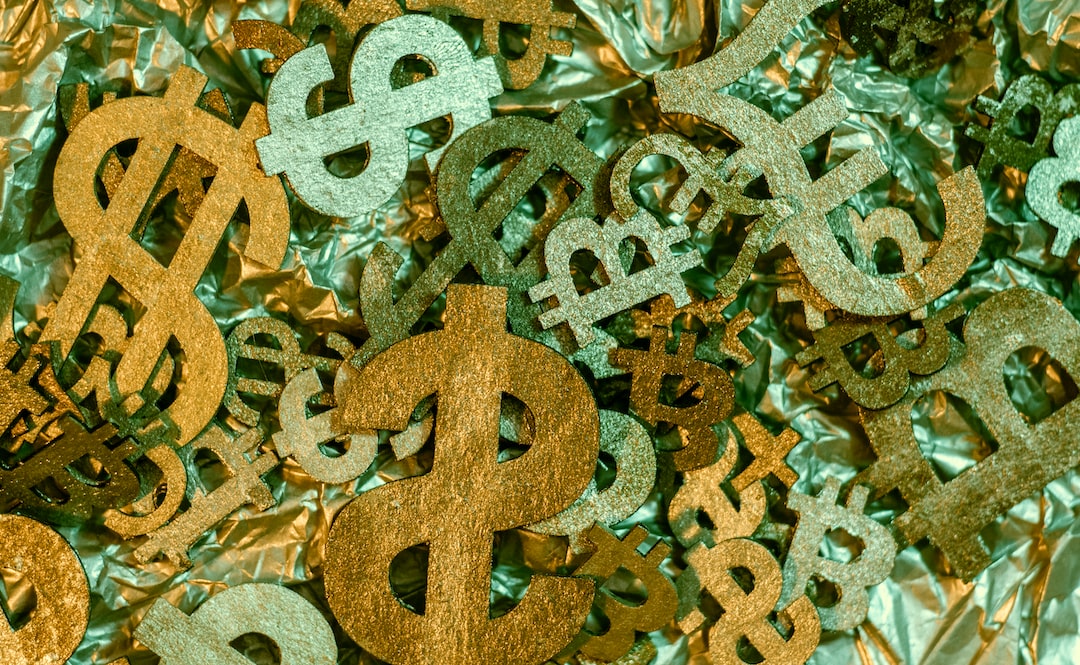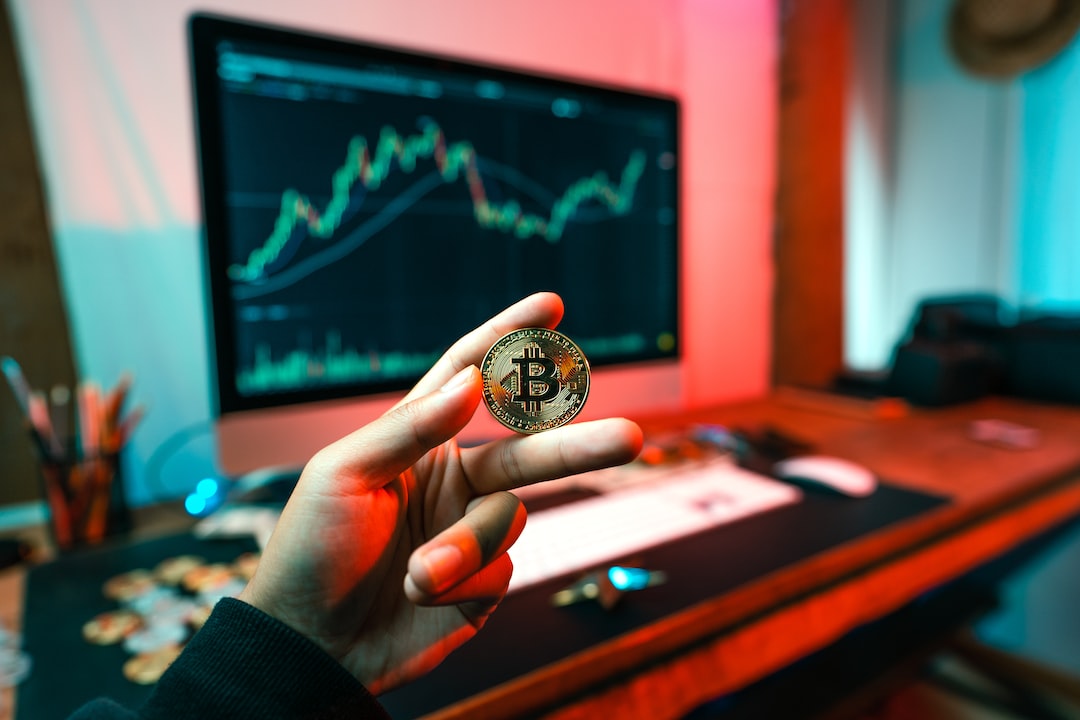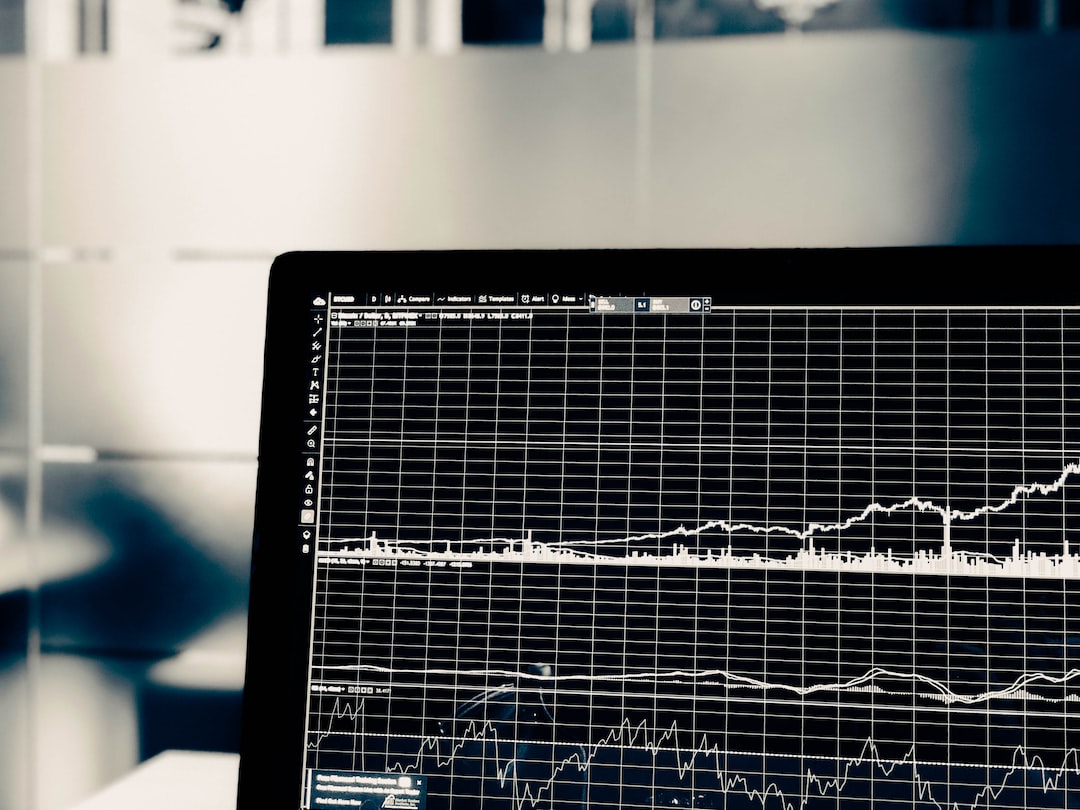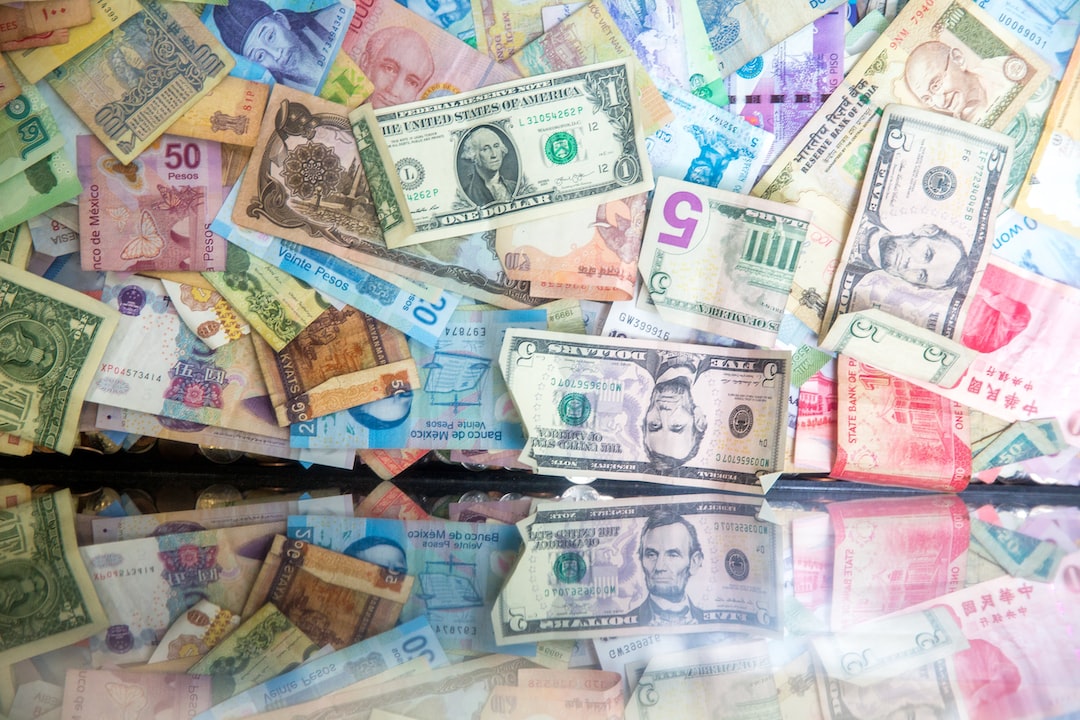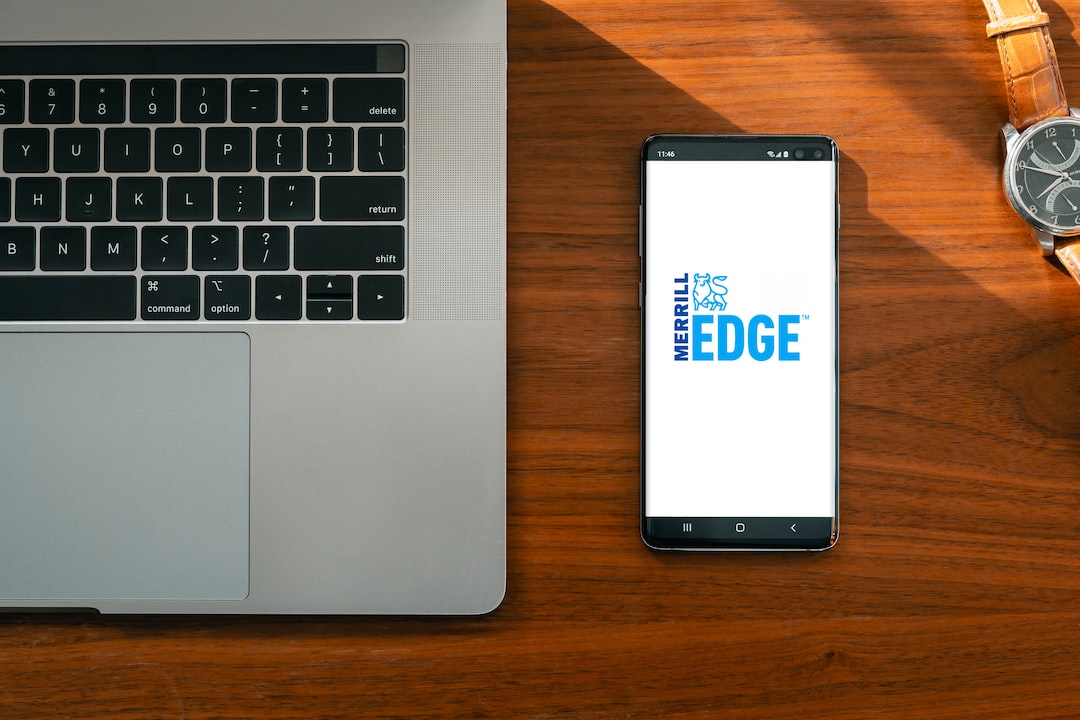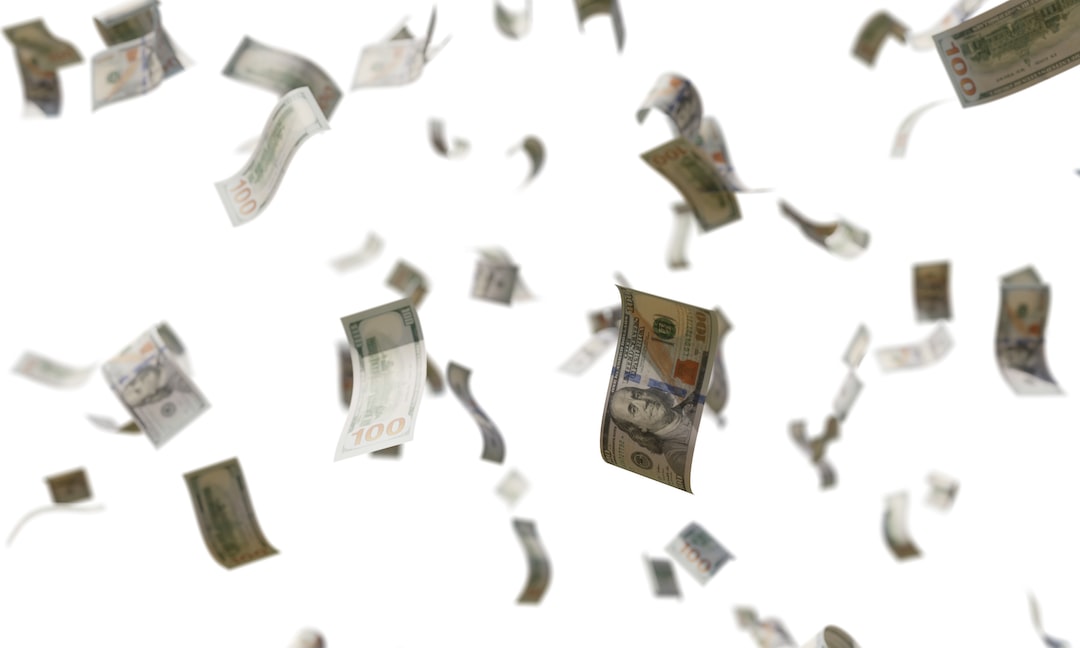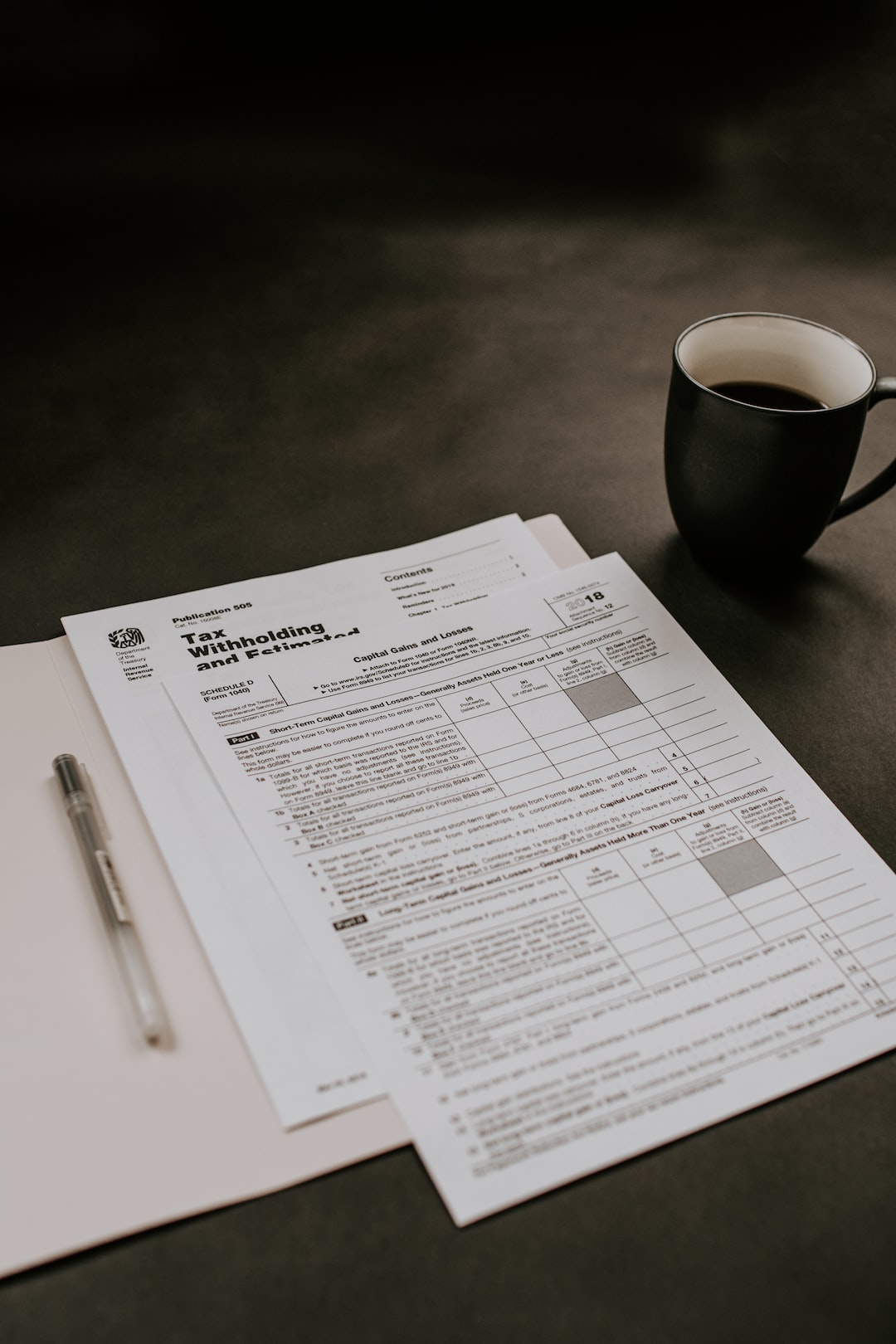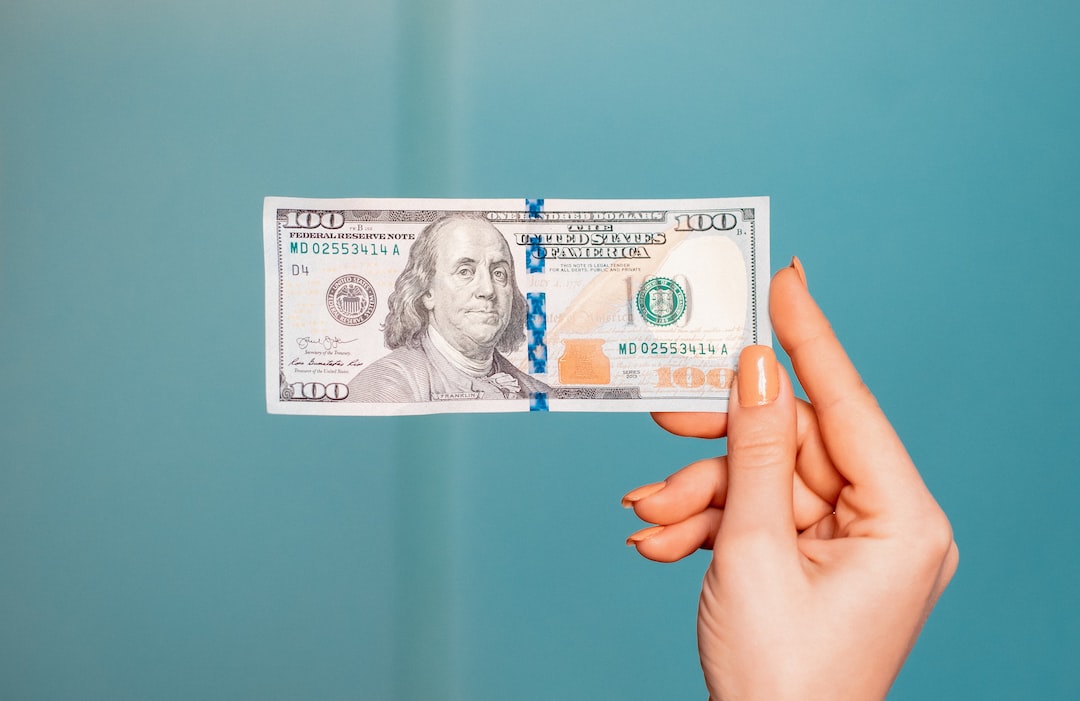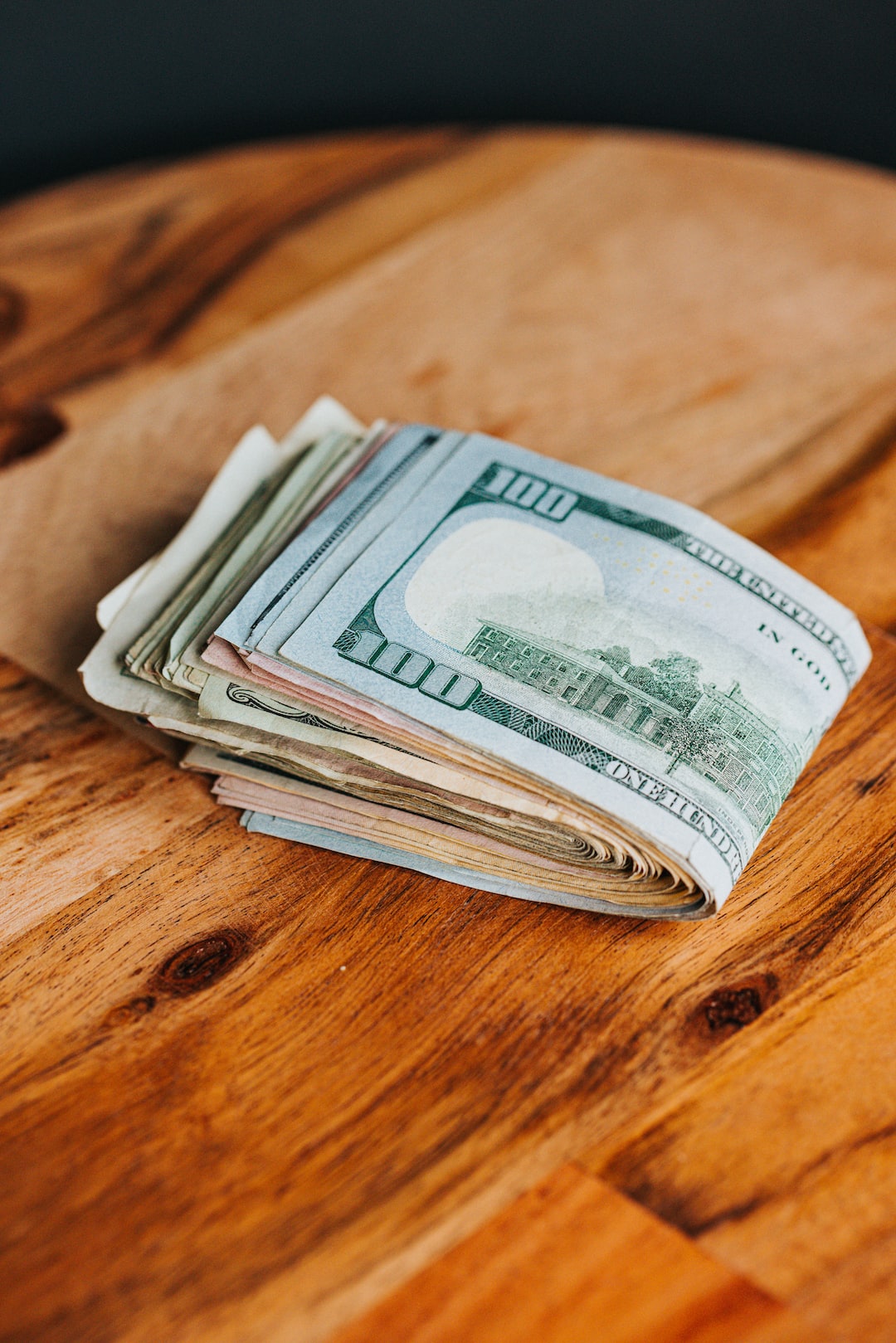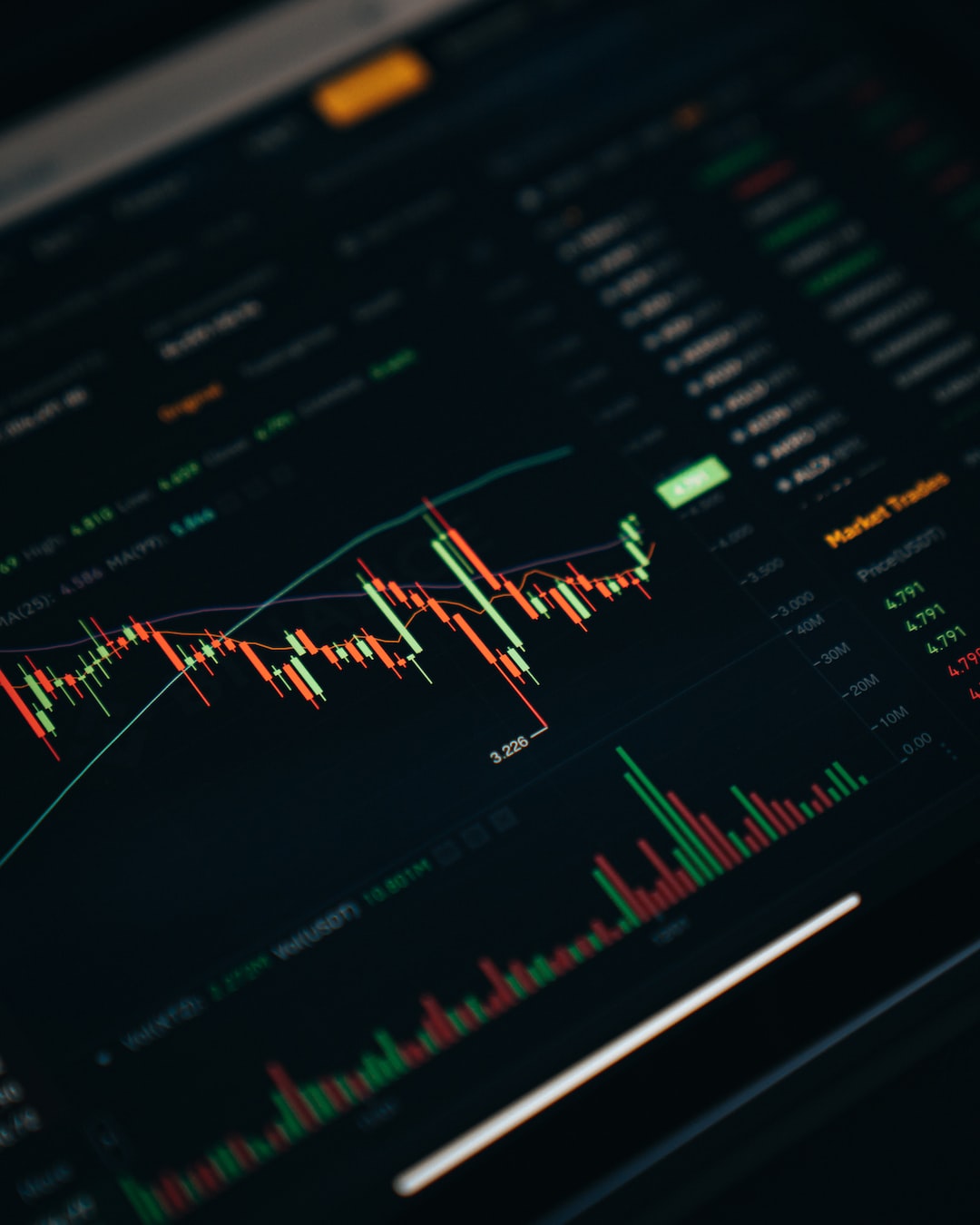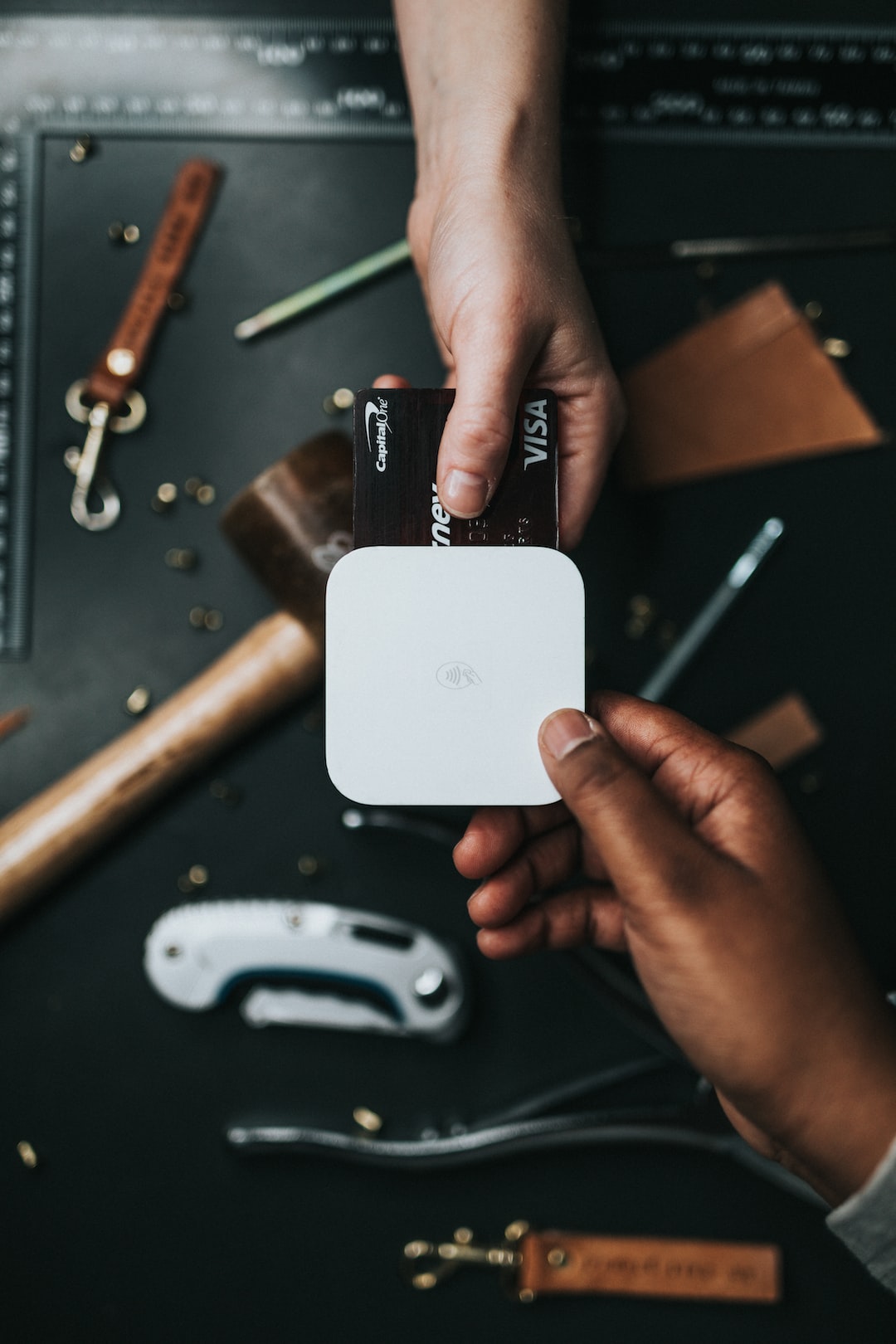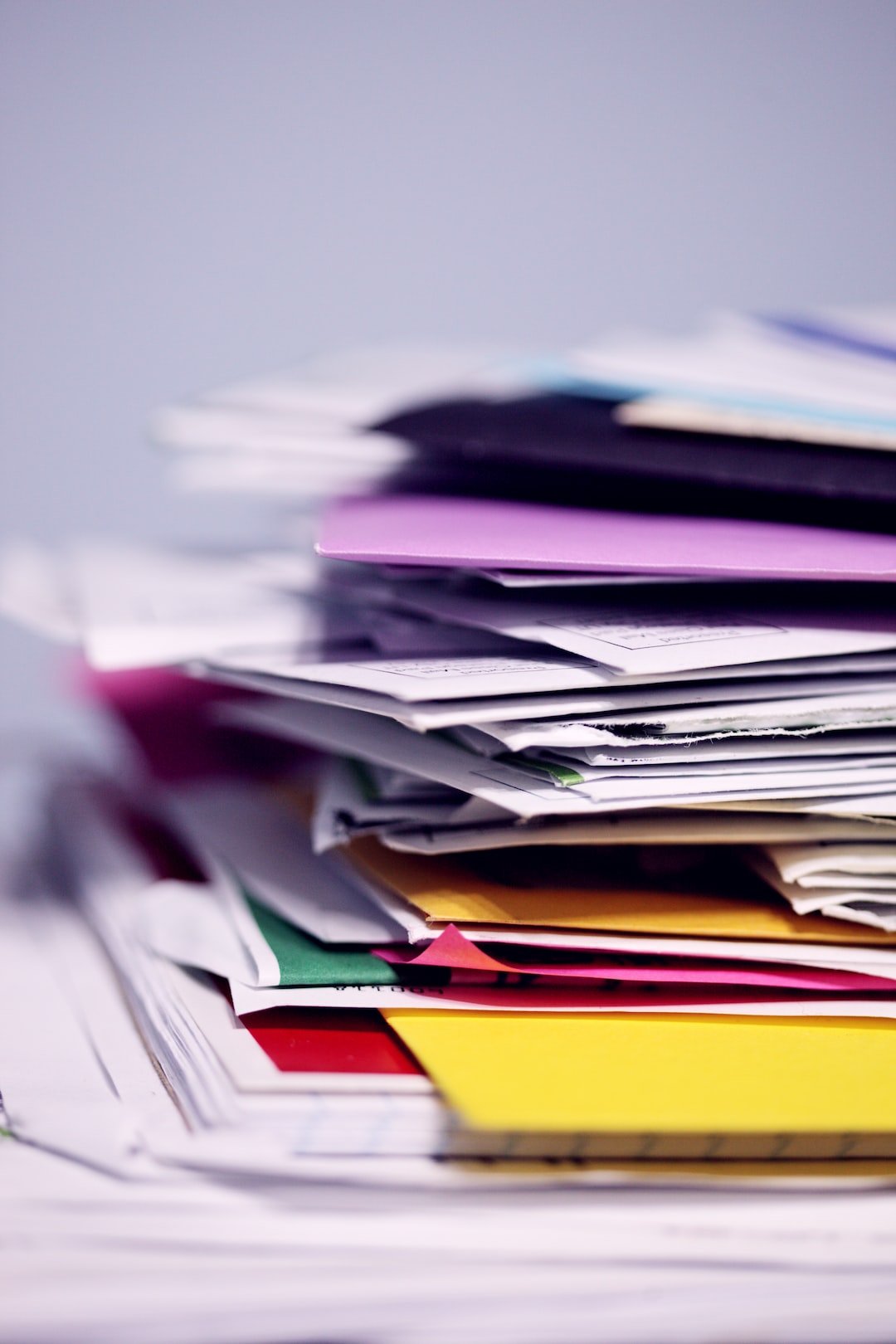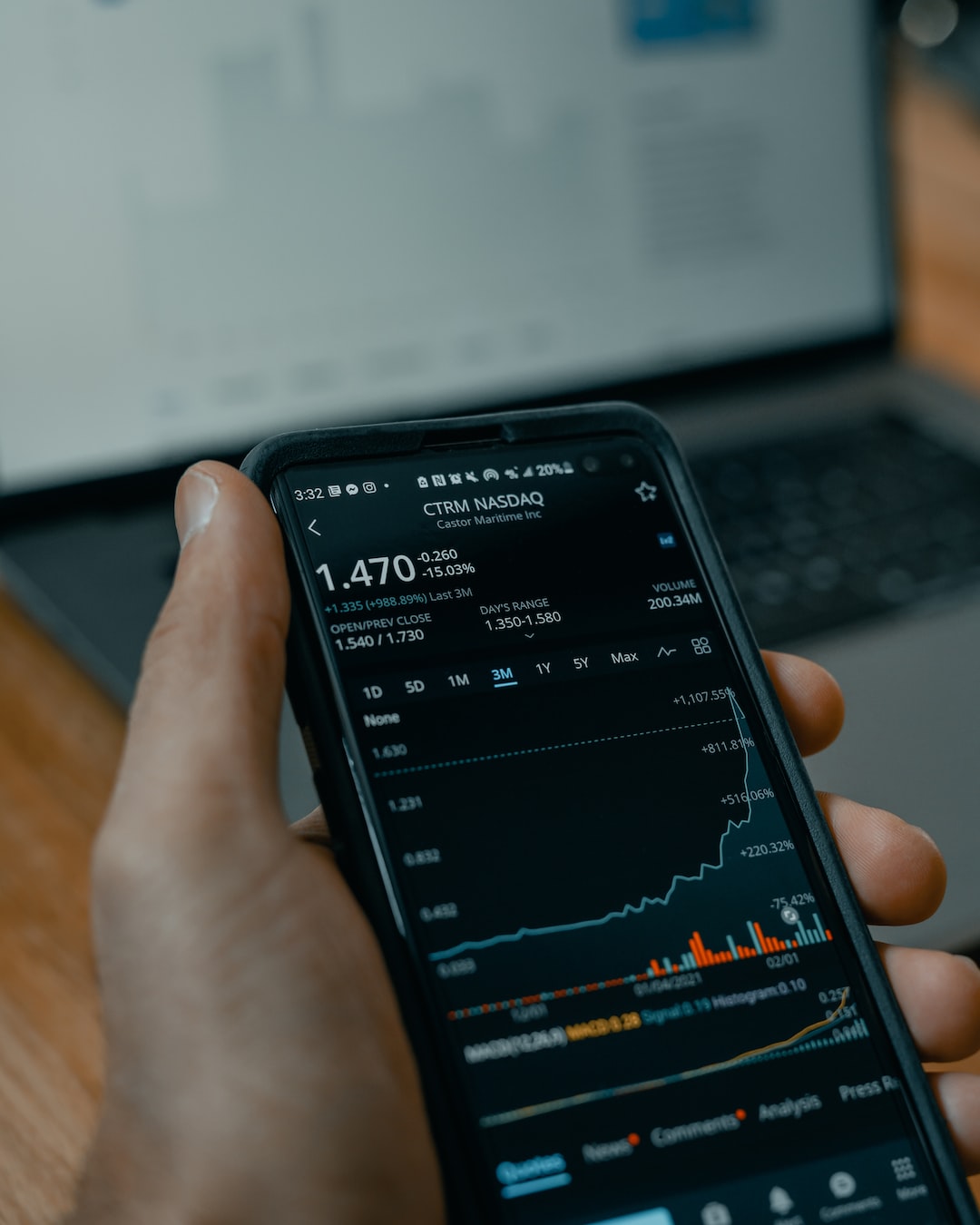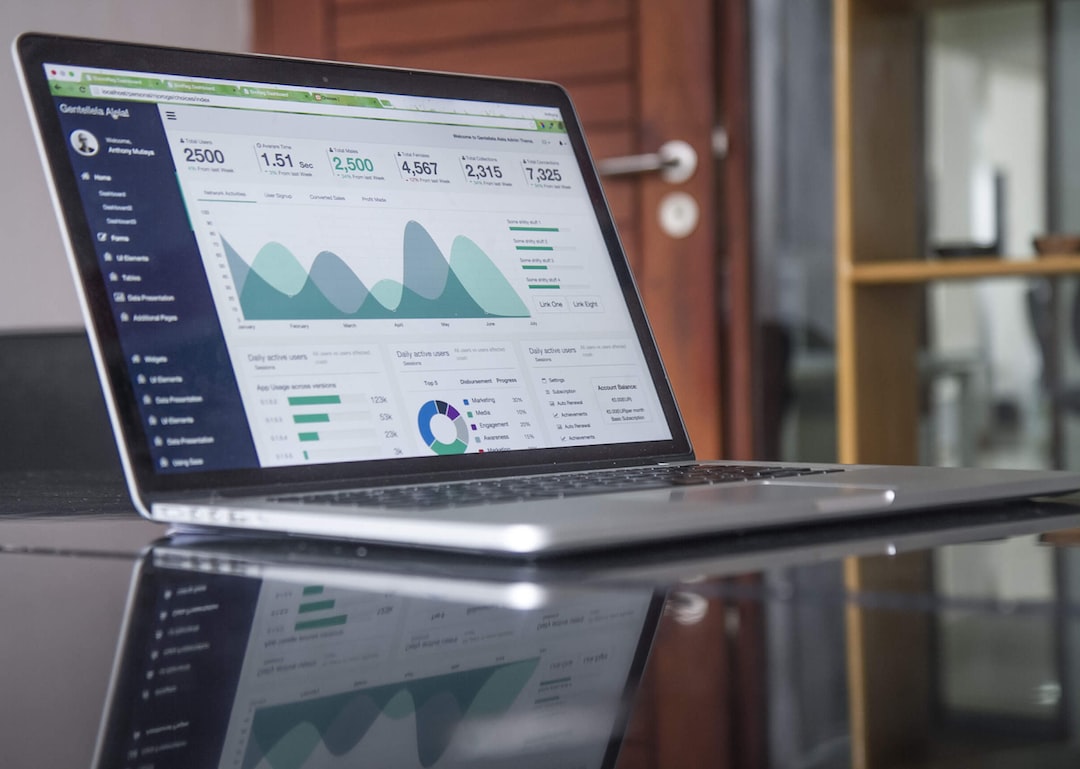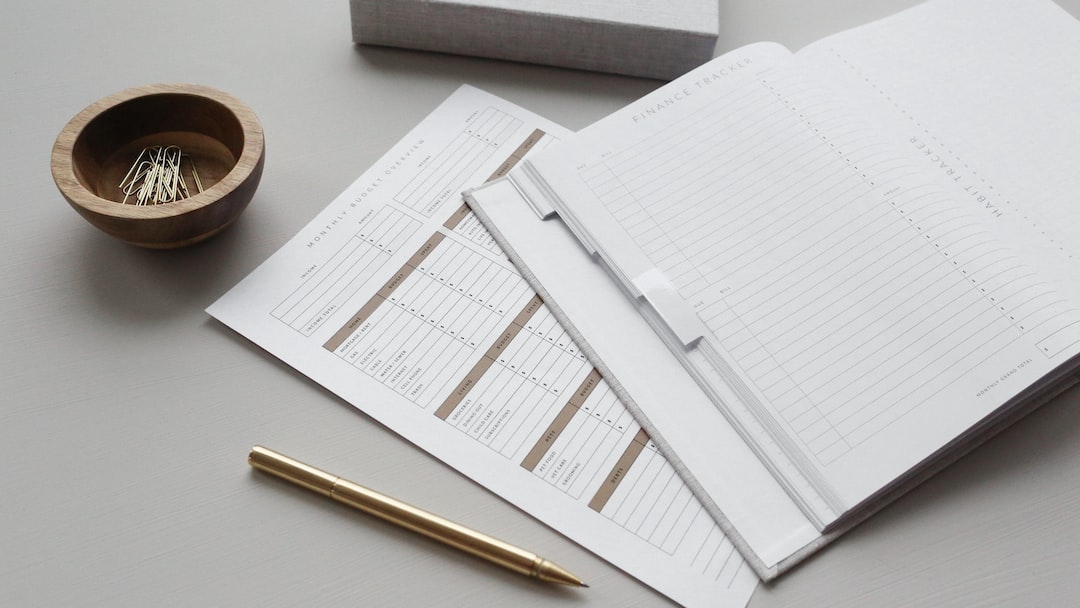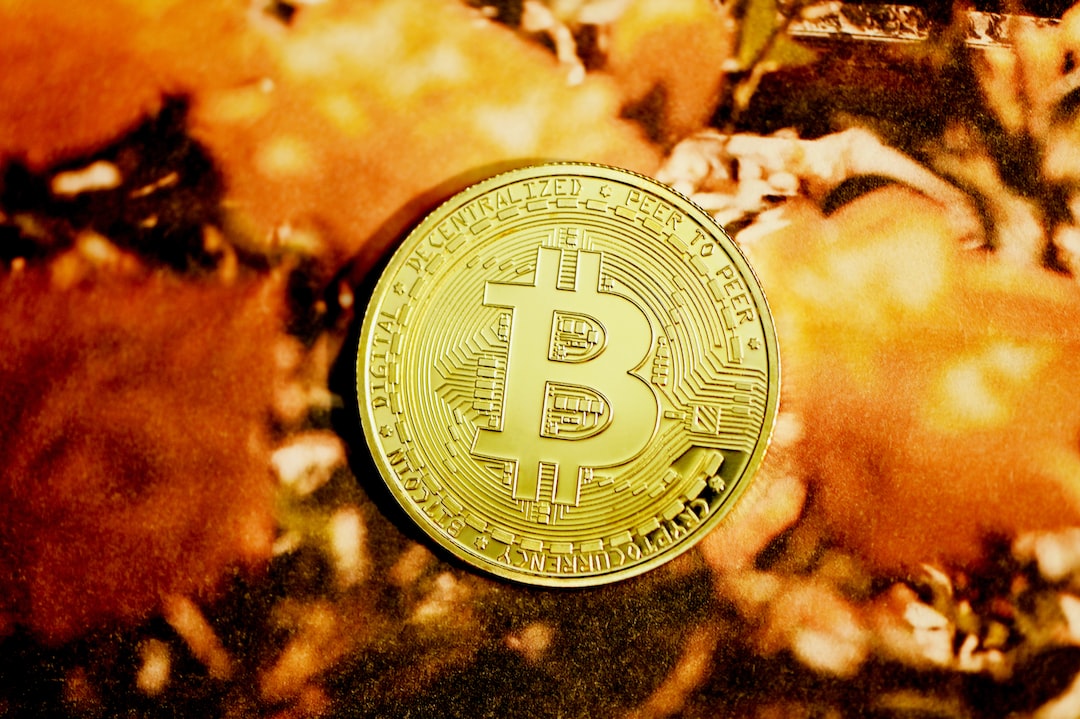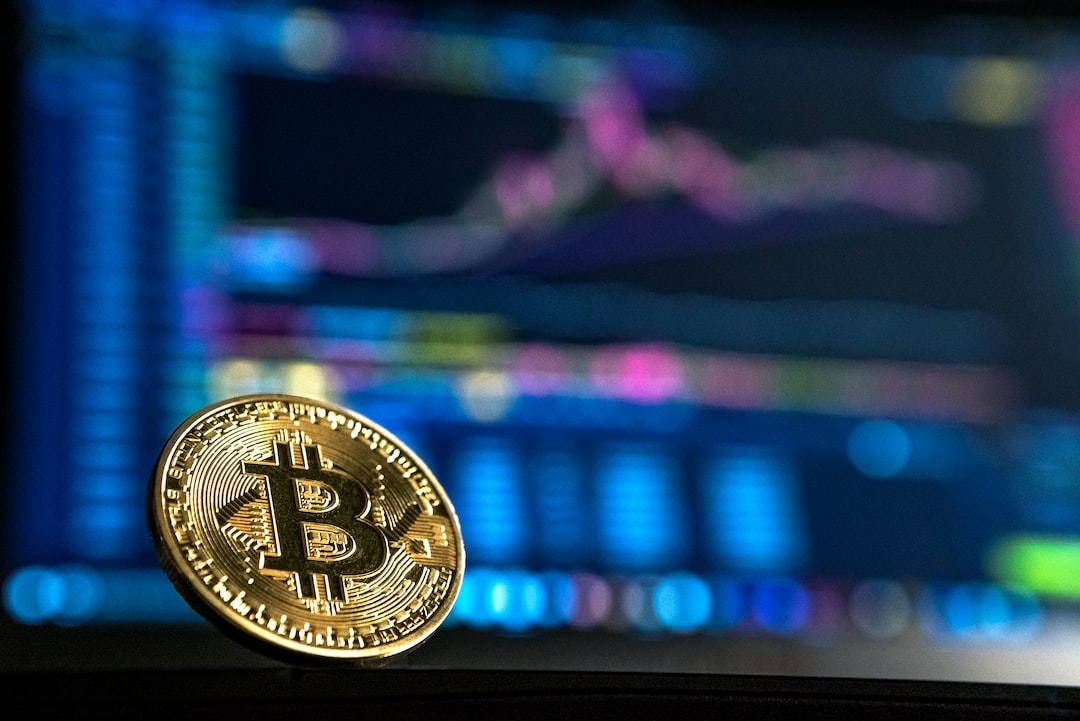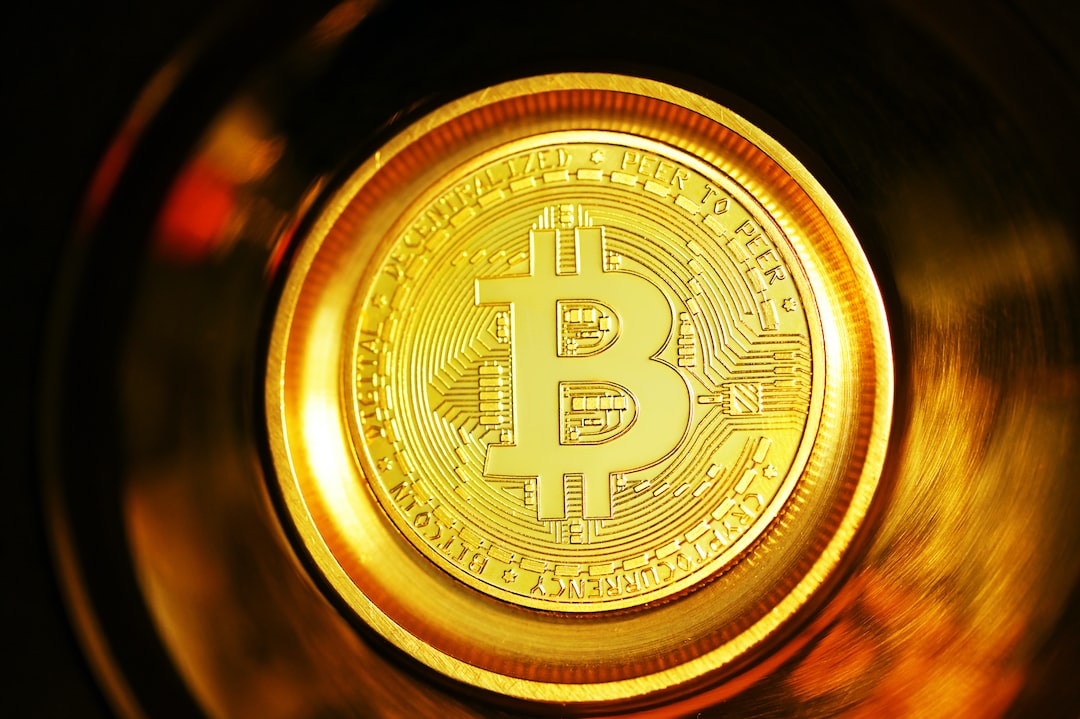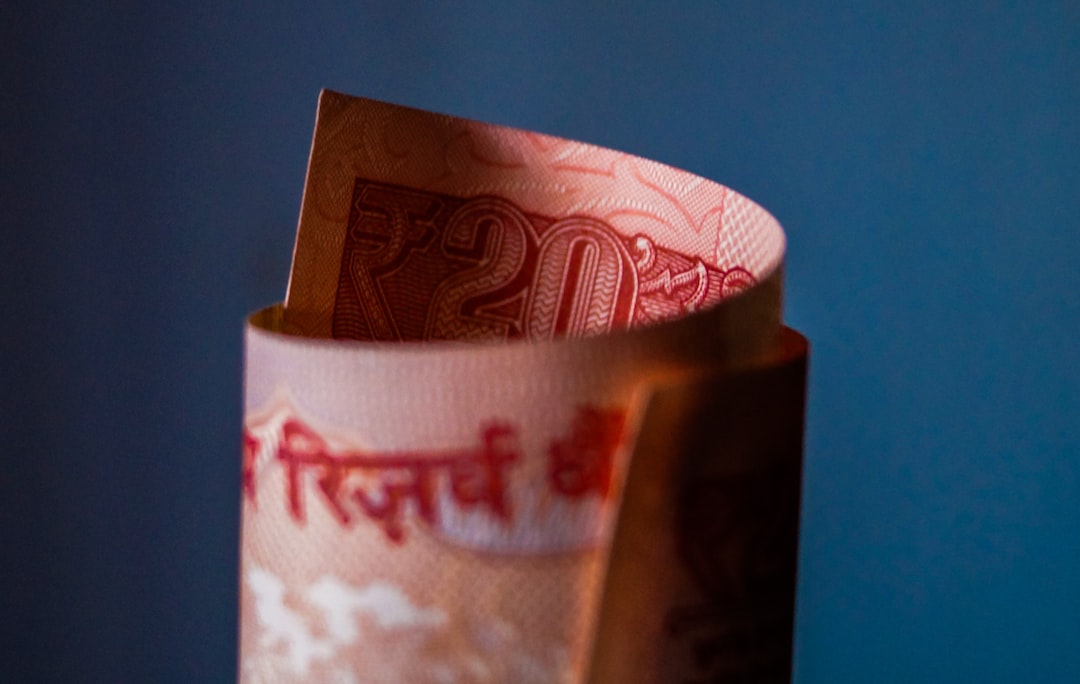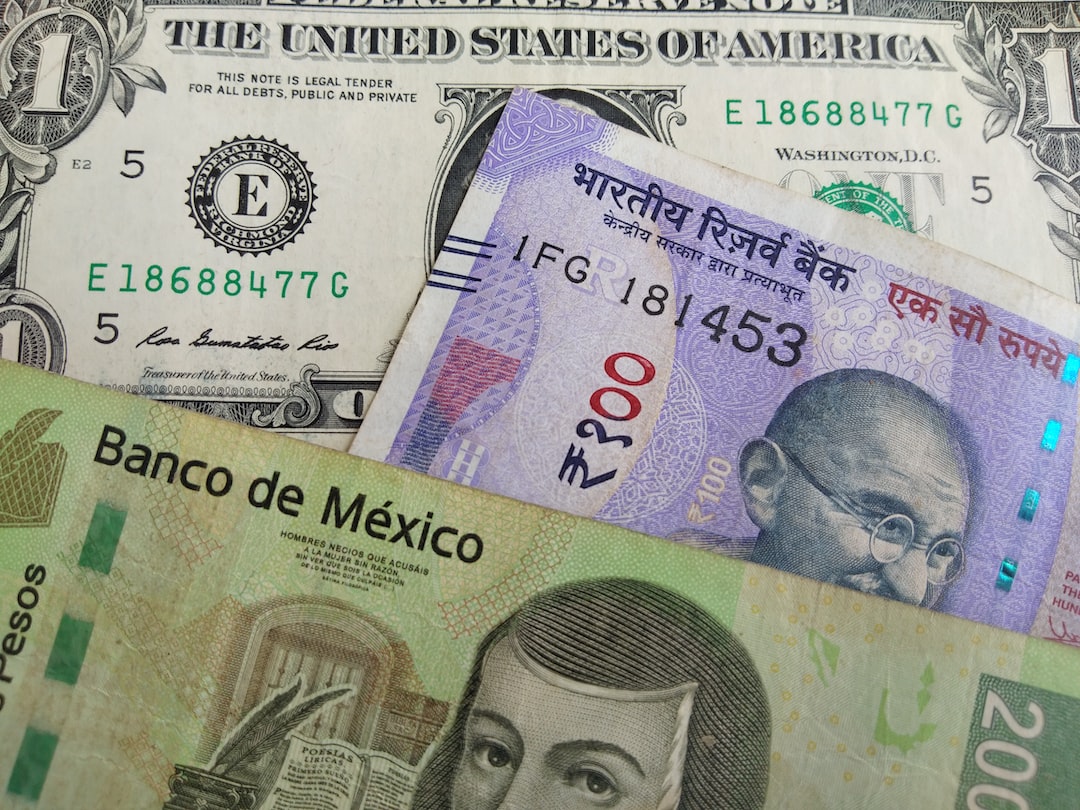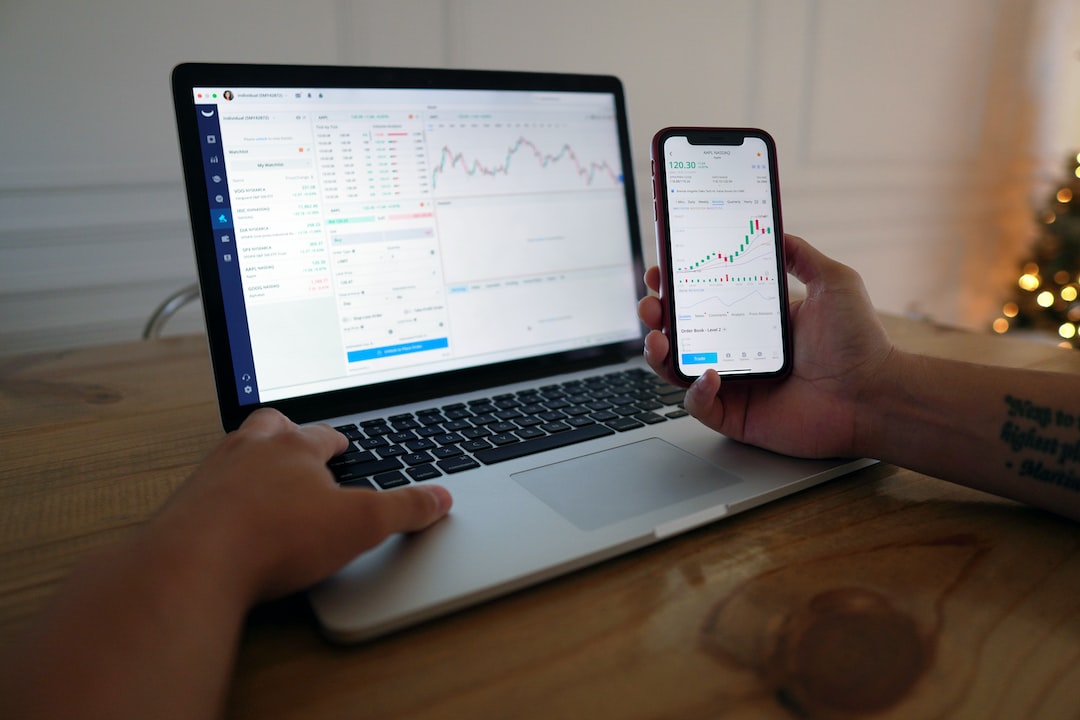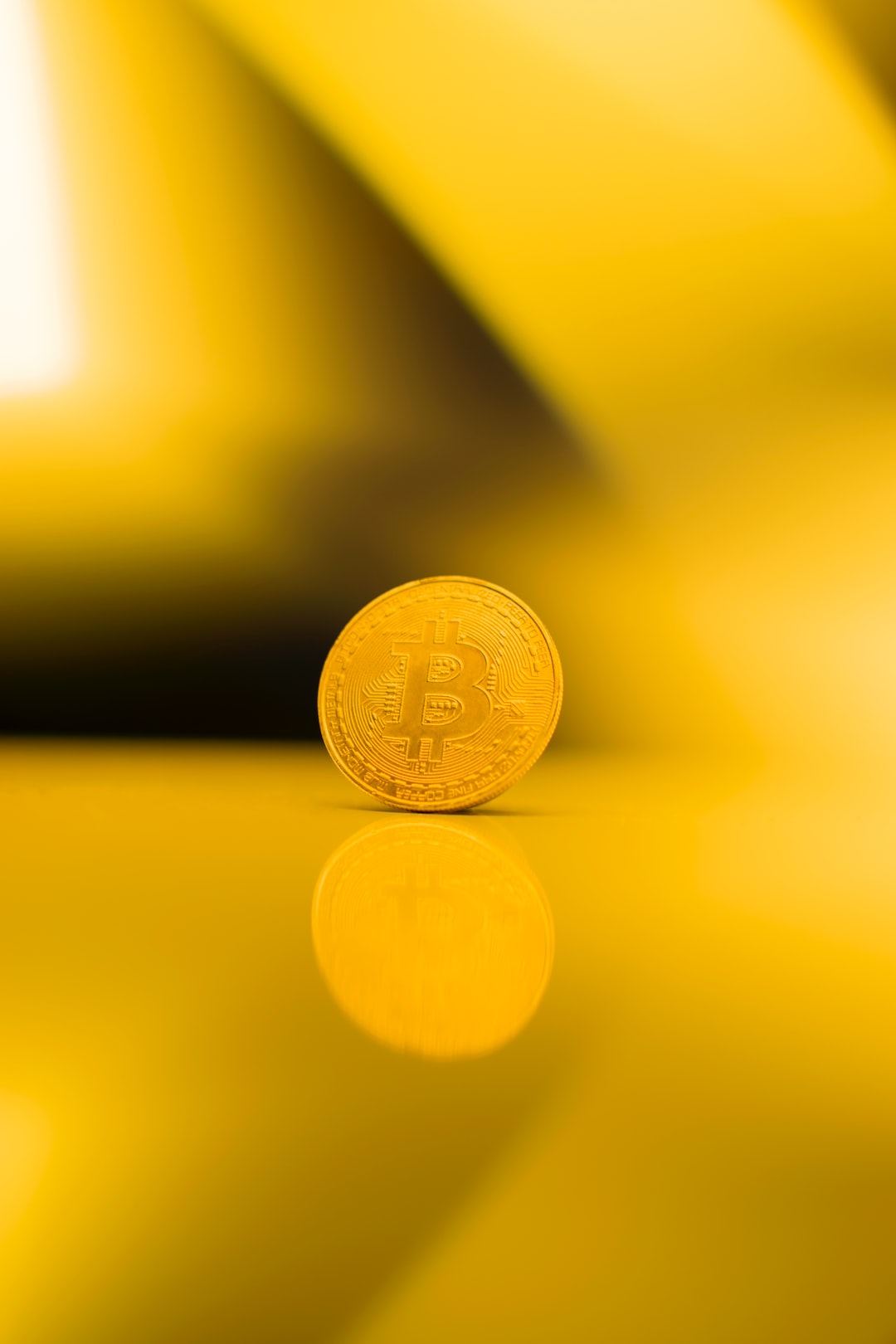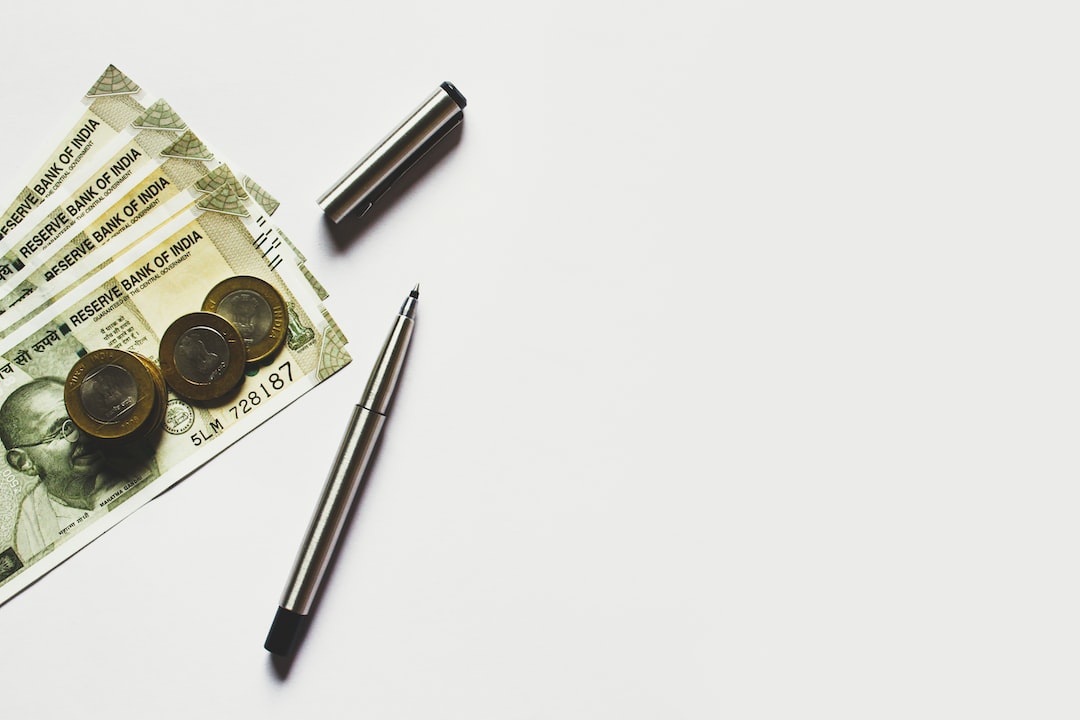Forex trading is a lucrative industry that has attracted traders from all over the globe. One of the reasons for its popularity is its flexibility in terms of trading sessions. The London Forex session is one of the most important trading sessions in the Forex market. In this article, we will delve into the intricacies of the London Forex session, including its time, importance, and trading strategies.
London Forex Session Time
The London Forex session is also known as the European session and is the second busiest trading session in the Forex market. It typically starts at 8:00 AM GMT and ends at 4:00 PM GMT. This session overlaps with the Asian and American sessions, making it a highly volatile and liquid trading period. During this session, the major currency pairs like EUR/USD, GBP/USD, and USD/JPY experience high volatility, making it the most active trading period.
Importance of the London Forex Session
The London Forex session is important for several reasons. Firstly, it is the financial hub of Europe and accounts for nearly 30% of the global Forex trading volume. The session is characterized by the presence of major financial institutions, including banks, hedge funds, and investment firms. The presence of these institutions drives market liquidity, making it easier for traders to enter and exit trades.
Secondly, the London session overlaps with the Asian and American sessions, creating a high degree of volatility. Traders can take advantage of this volatility to make profits by entering and exiting trades quickly. Additionally, news releases and economic events from Europe can impact the Forex market, making it crucial for traders to monitor the London Forex session.
Trading Strategies for the London Forex Session
Traders can use several strategies to trade during the London Forex session. One of the most popular strategies is the breakout strategy. This strategy involves identifying key support and resistance levels and waiting for a breakout to occur. Traders can enter a long position if the price breaks above the resistance level or a short position if the price breaks below the support level.
Another popular strategy is the trend-following strategy. This strategy involves identifying the direction of the trend and entering a trade in the same direction. Traders can use technical indicators like moving averages to identify the trend direction.
Lastly, traders can use the news trading strategy to trade during the London Forex session. This strategy involves monitoring news releases and economic events and entering trades based on the news outcome. Traders need to be cautious when using this strategy as news releases can cause significant market volatility.
Conclusion
The London Forex session is an important trading period in the Forex market. It is characterized by high liquidity, volatility, and the presence of major financial institutions. Traders can use several strategies to trade during this session, including the breakout, trend-following, and news trading strategies. It is important for traders to be aware of the time, importance, and trading strategies for the London Forex session to make informed trading decisions.

